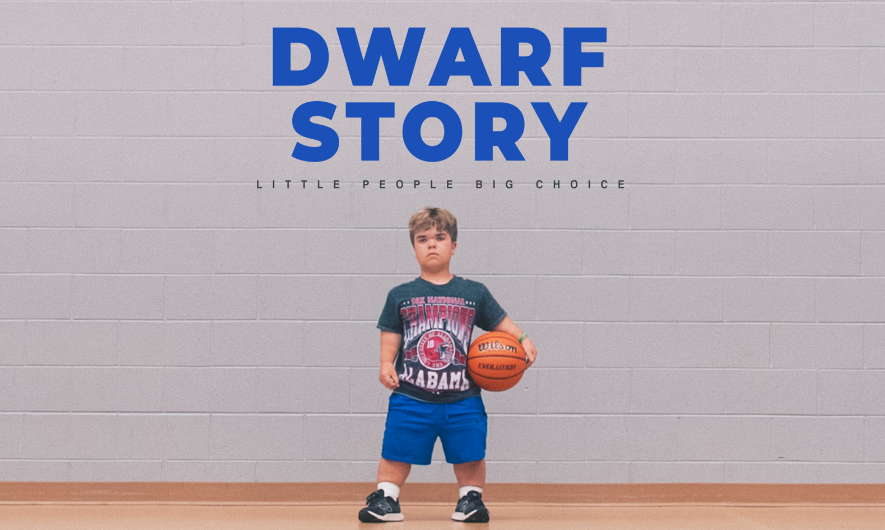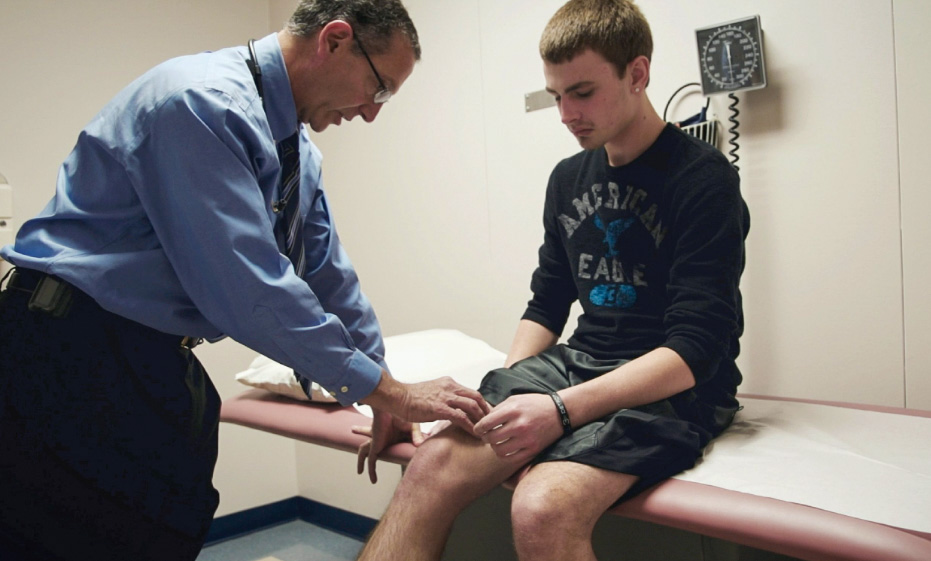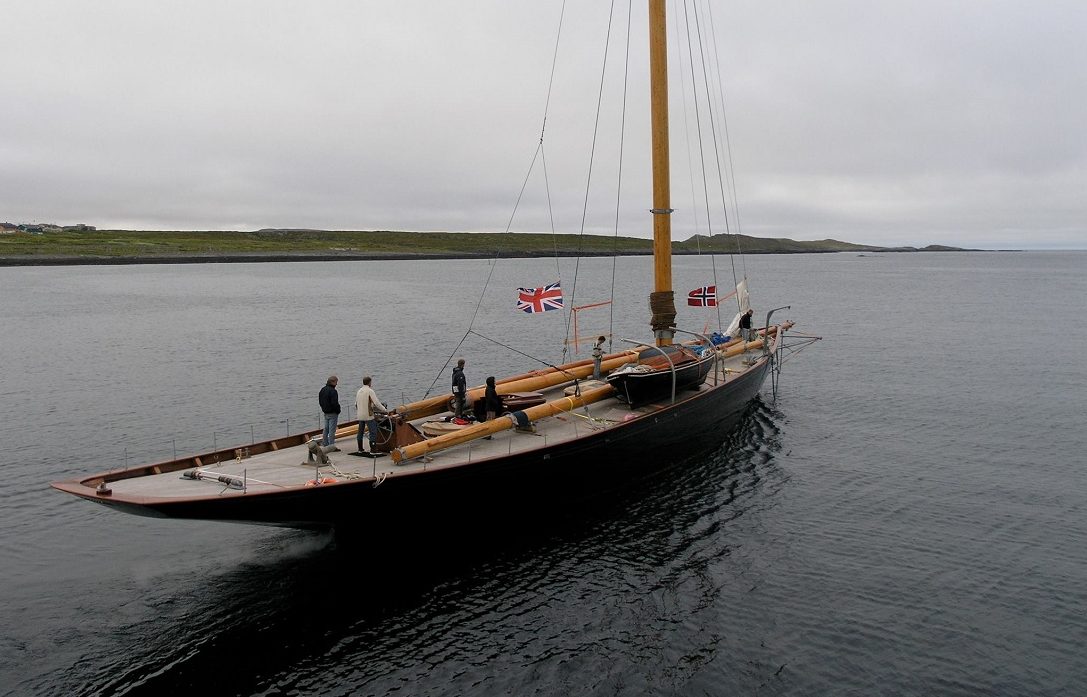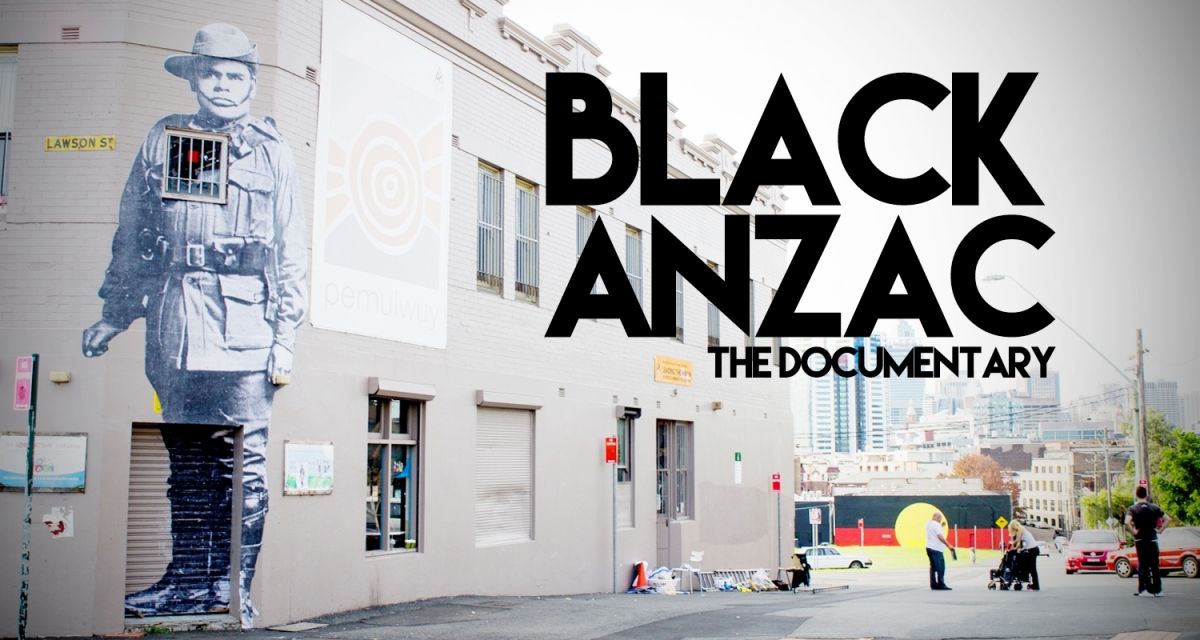Directed by Riccardo Servini, “Dwarf Story: Little People, Big Choice” is a thoughtful and deeply moving documentary that engages with one of the most pressing and polarizing developments in the world of genetic medicine: the advent of Vosoritide, a drug that can modify growth in children with achondroplasia, the most common form of dwarfism. Through intimate access and a patient, empathetic lens, Servini goes beyond the headlines to uncover the emotional, ethical, and cultural complexities surrounding the drug and the community it affects most.
Vosoritide, approved for use in children, is not a cure for dwarfism but a treatment that has the potential to increase growth velocity and reduce some of the associated medical complications. The film opens by laying out this medical context clearly and accessibly, giving viewers a foundation to understand what’s at stake. Quickly however, “Dwarf Story” shifts focus to the personal, and it is here that the documentary finds its strength.
Servini introduces viewers to a diverse group of individuals from the little people community; parents, children, activists, scholars, and those living with achondroplasia, each grappling with the drug’s implications in their own way. Some see Vosoritide as a breakthrough, a chance to give their children more physical comfort and independence. Others view it with caution or even outright opposition, fearing that embracing such treatment could send the message that dwarfism is something that needs to be “fixed,” a notion that cuts to the heart of identity and pride.
The film also includes interviews with one of Australia’s prominent geneticists, Ravi Savarirayan, who was instrumental in the drug’s clinical trials and advancement.
Savarirayan gives significant insight into the medical science behind the drug and its potential to help children with achondroplasia avoid some of the debilitating complications associated with the condition. The film, however, is less about science and more so about human choice, dignity, and the right to define one’s own body and future. The film handles these themes with commendable sensitivity, never privileging one viewpoint over another, instead allowing space for disagreement, reflection, and even contradiction. This refusal to simplify creates a complex and emotionally resonant portrait of a community in the midst of a cultural reckoning.
One of the film’s most moving threads follows the story of a mother wrestling with whether to give Vosoritide to her young daughter. Her internal conflict, balancing maternal protectiveness, societal pressure, and love for her child’s uniqueness mirrors the larger debates within the community. Another compelling voice is that of a young man with achondroplasia who passionately defends the beauty and value of dwarf identity, fearing the drug could usher in a new era of erasure.
Notably, while the film includes many individuals with dwarfism, the parents interviewed about personally giving their children Vosoritide are all of average height. There are a few parents with dwarfism in the film who discuss whether they think the drug would be helpful or not, but it’s more from a general viewpoint rather than the perspective of having children who are actually taking it. Including the voices of parents with dwarfism whose children have achondroplasia and are undergoing treatment with the drug would have added a powerful layer of insight. Whether this absence is a missed opportunity or the result of a lack of willing participants, given how divisive the topic is, it remains a striking omission.
Visually, “Dwarf Story” is effective at making the viewer feel welcomed into the lives of its subjects. The camera often lingers in quiet domestic spaces or moments of contemplation, giving the film a gentle, human rhythm and sense of familial warmth. There are no bombastic musical cues or manipulative editing, just clear-eyed observation that invites reflection.
In a media landscape often too eager to pathologize or sensationalize difference, “Dwarf Story: Little People, Big Choice” stands out for its nuance and compassion. It’s a meditation on the often invisible weight of choice—how it moves through families, through communities, and through the heart. The documentary does not seek to provide answers so much as to spark questions about bodily autonomy, medical ethics, societal norms, and what it means to live proudly as who you are.
At its core, “Dwarf Story: Little People, Big Choice” is more than a documentary about a drug. It is a space for a meaningful, long-overdue conversation that recognizes the full humanity of little people and respects their diverse voices. It is not just a medical debate, but a deeper reckoning with identity, belonging, and the quiet ways love shapes the hardest decisions.
See “Dwarf Story: Little People, Big Choice” screening online at the Melbourne Documentary Film Festival. More information: here.




